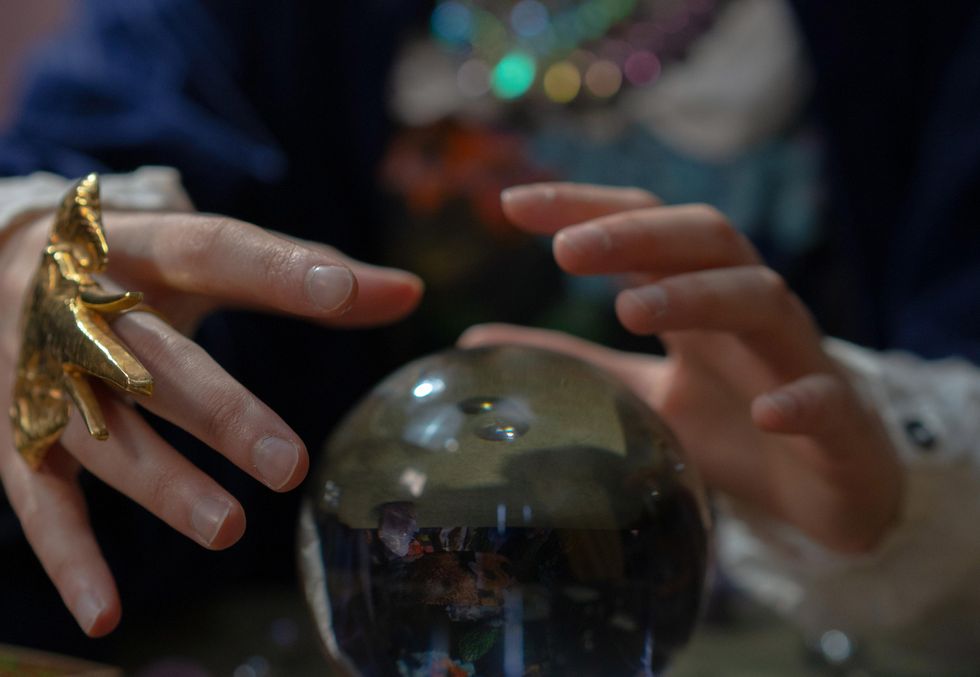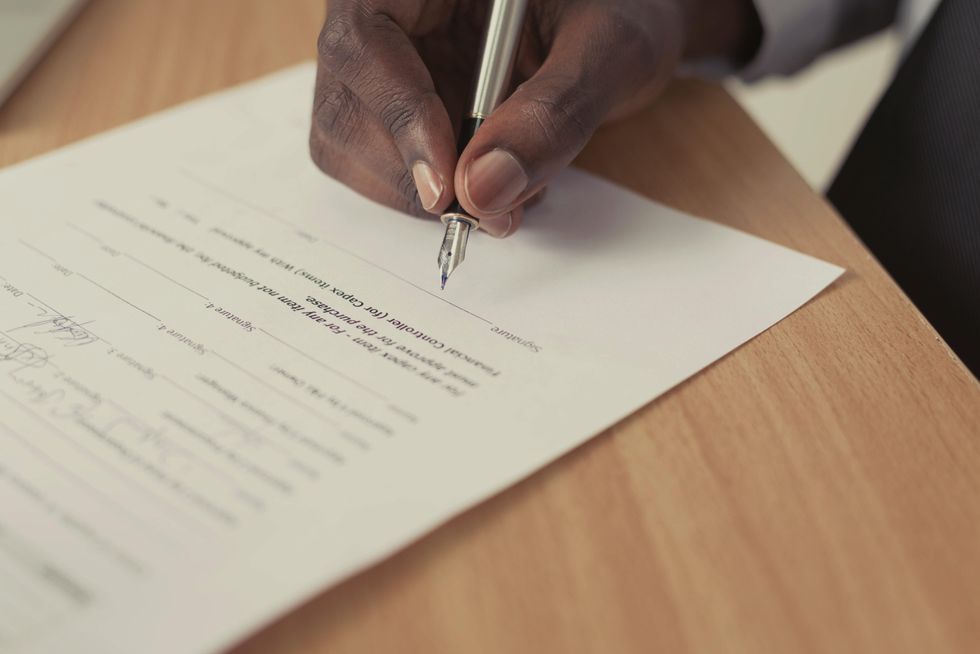
I recently worked on a pro bono project for a friend, and it reminded me of a time early in my career and how lucky I was then to get such great advice from the more seasoned pros around me. Advice that ultimately saved me from some major pitfalls. I made mistakes here and there over the course of nearly 20 years of projects, but with each hiccup came a lesson. Here are some takeaways from my lessons learned and all that sage advice.
Questions Equal Clarity

Pexels
Clients come to us designers for our expertise, and it is our job to guide them through the process. We are helping them find clarity about their vision and goals for their project. To do that well means asking questions! It is important to remember that not all clients are going to be good at communicating their vision—and that's okay. You can still work with them and get amazing results by asking them lots of questions and following up on those answers with more questions until you're both on the same page. This dialogue will help set clear expectations for project scope, deliverables, and everything in between while avoiding frustration for both parties.
Think about the word 'classic.' Now think of five things that could be described as 'classic'—it probably varies wildly, right? So, which version does your client imagine? You could guess… or you could clarify with more questions like "Can you show me an example of what 'classic' looks like to you?" or "What makes this classic?" And so on. It's a silly example, but it illustrates just how subjective descriptions can be and how necessary it is to have good communication between you and the client. Remember that your clients don't do this for a living, so asking questions will help you get to the root of any issue quickly with less time spent guessing. And no, it won't look unprofessional if you ask a lot of questions, but it will make you a better creative.
Collaboration For The Win

Pexels
On one side of the table, you have a designer with knowledge and experience. On the other side of the table, you have the client who knows their business, audience, and goals. As creatives, we have to remember that we are on the same team as our clients and aim at collaboration over confrontation. Design should be a collaborative process: both parties are at the table with different perspectives and different knowledge to contribute. It is this diversity of viewpoints that will make the creative stronger and your client ultimately happier.
When you work collaboratively with your clients, they'll often tell you what they need before even realizing it themselves—and sometimes, those needs are things that they didn't even realize they wanted until after having talked it through with someone else! This is because people often have trouble articulating what they need out loud (even if they think they know exactly what they want), so getting clients involved in the process can help ensure that everyone's needs and project goals are met.
It all boils down to communication. Everyone at the table, both clients and designers, want to feel heard and respected. Good communication and listening skills are a way to ensure that clients understand that they don't need to be designers themselves, but they are still contributing meaningfully to the project. This helps keep them fully invested in a great outcome.
Contracts Are Your Friend
 Photo by Cytonn Photography on Unsplash
Photo by Cytonn Photography on UnsplashContracts can help you set clear expectations for both parties. The best way to protect your business and make sure you don’t get burned by a client is to have a signed contract before doing any design work. If you’ve ever been burned by a client (or had to fire one) it’s probably because you didn’t have a contract in place when you started the project with them.
As a designer, it can feel a little awkward to send a contract and you may be tempted to just dive right into the work even when a client hasn't signed a contract. But there are several reasons why you should always, ALWAYS get a contract signed before doing any design work.
First, this will help you protect yourself from scope creep. Clearly defining the project scope is essential. If the client wants to add extra elements or changes their mind four times about what they need to be designed, it's much easier when you have a contract and clearly defined deliverables to say, "Sorry, but we have to go back and renegotiate the scope of our agreement." This way, you won't end up doing more work than you agreed on.
Second, a contract will help your client trust you. When working with someone new, trust is everything—and they need to know that they can rely on what you say and how it will be delivered. A contract helps build that trust by setting expectations around quality and deadlines.
Third, contracts help clarify your client's definition of "done." If there are any questions about what constitutes acceptable deliverables for them (or if their definition changes), it's much easier for all parties involved if those questions are answered in writing before any work begins.
Finally, if something goes wrong and you need legal help, your contract can help prove that you did what was agreed upon in the first place or at least show that there was an agreement in place.
Go With Your Gut
 Photo by Paolo Bendandi on Unsplash
Photo by Paolo Bendandi on UnsplashYou were built with intuition; use it! Learn to trust your gut when working with clients. I've found that clients who don't seem like they are being straight with me are often problematic. I don't run into these issues very often these days because time and experience (and a good contract) have made me better at spotting potential issues. When I meet with clients I make mental notes of red flags and green lights. Red flags are the things that a client or potential client might do that give you a moment of pause or make you worry a little. Green lights are, of course, the opposite.
Red flag clients will push boundaries like expanding the scope of work but expecting the cost to stay the same, or delaying payment in an attempt to negotiate a lower price after the work is done despite being happy with the project results. Sometimes it is better to pass on a problematic project; it leaves you open to take on a great one. That's a hard pill to swallow when you are first starting out because you are excited and want to take on as many paying projects as possible. I simply urge you to beware. If something doesn't feel right about a client then it is probably your intuition throwing up a red flag.
Ultimately, it is up to you if you take on the project. Just remember, if you do decide to proceed, get a deposit to start, have a signed contract and make sure it is specific with a detailed deliverables list.
Followthrough Is Everything
 Photo by Josh Hemsley on Unsplash
Photo by Josh Hemsley on UnsplashLast but never least, this one seems like a no-brainer to me but I feel it is essential to call out. Deliver on everything that you say you will do for clients—and do it with a smile! I can't stress how important it is to nurture relationships and build a reputation of being trustworthy, reliable, and awesome to work with. When clients trust you, life just gets easier. They will value your design decisions more easily, they will continue to work with you, and they will recommend you to others that need your services. I promise it is a win-win.

 Bigstock
Bigstock Bigstock
Bigstock Bigstock
Bigstock


